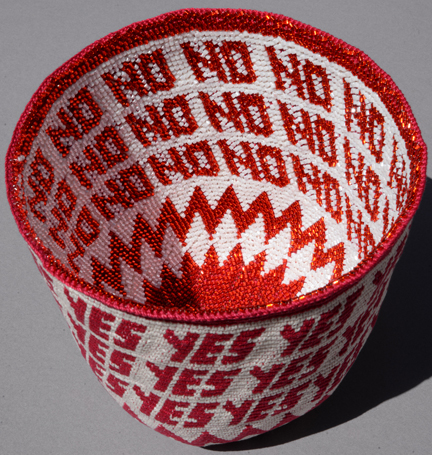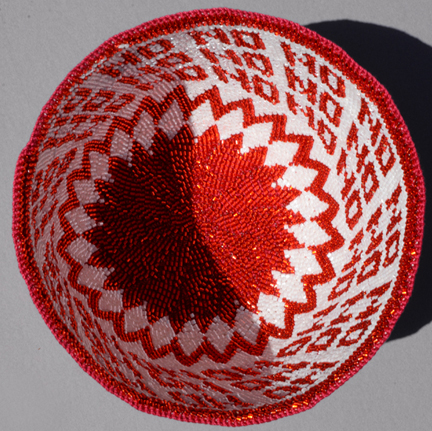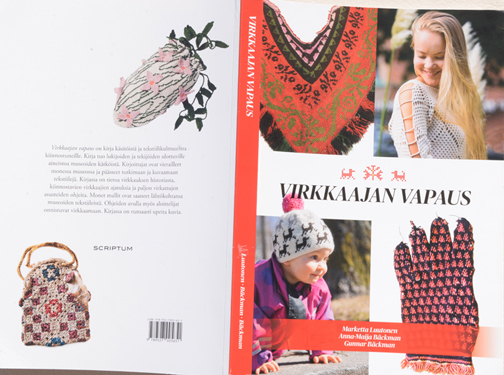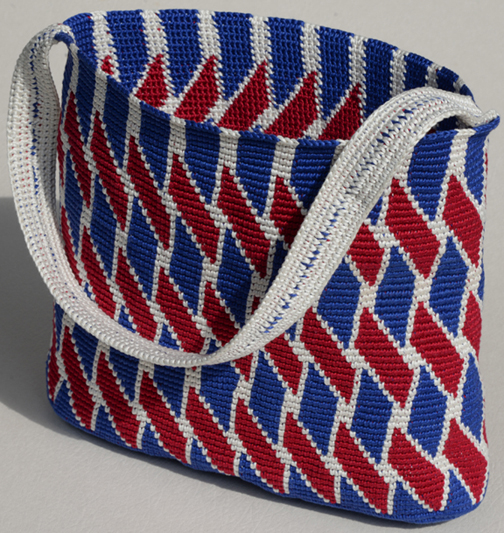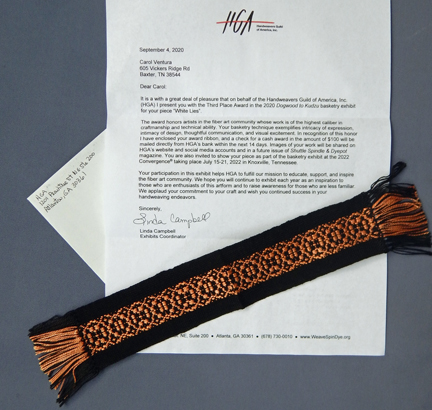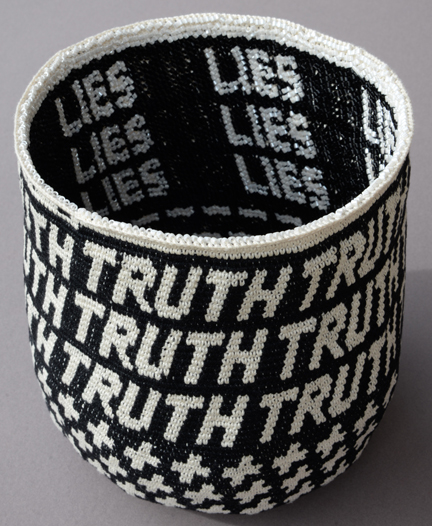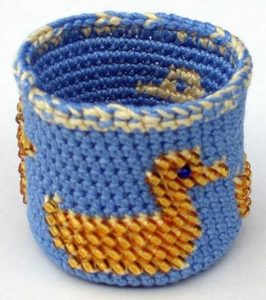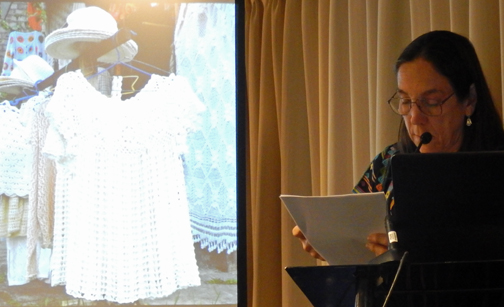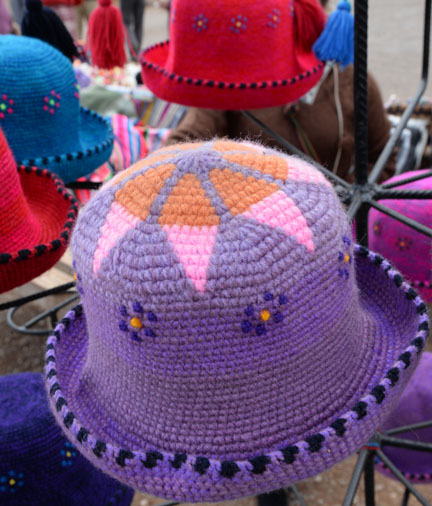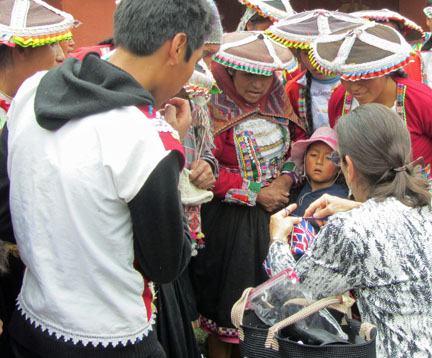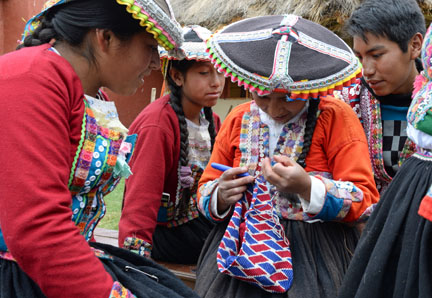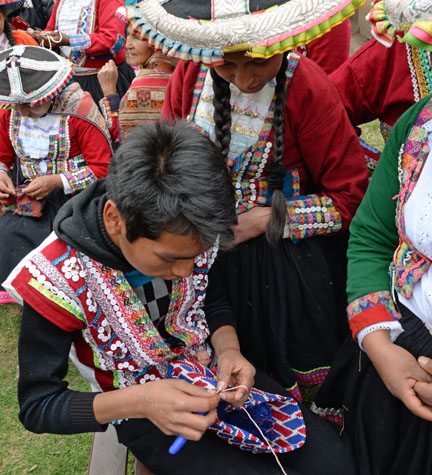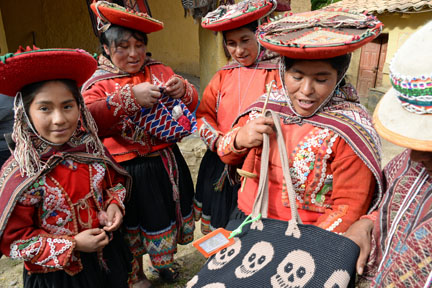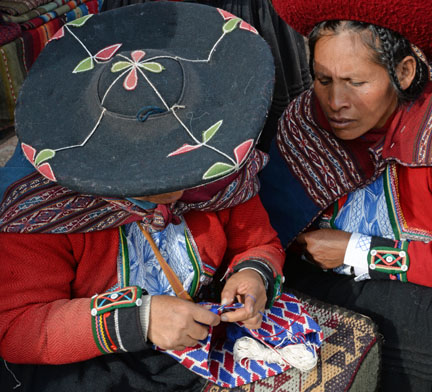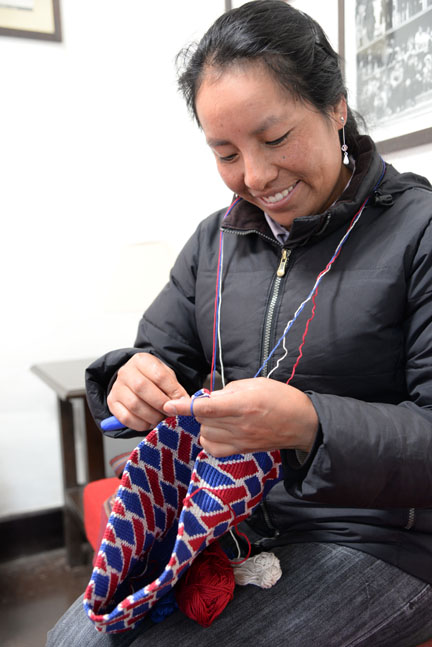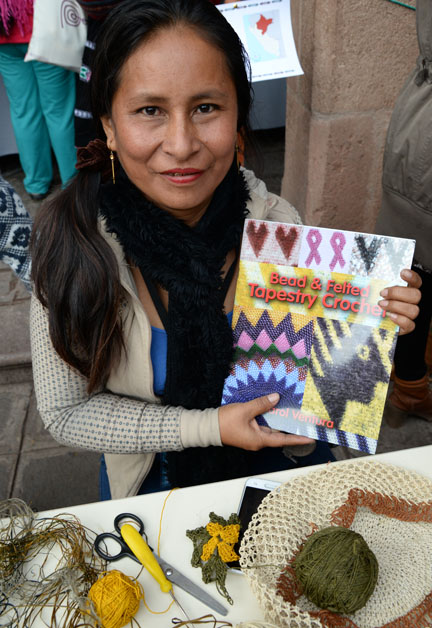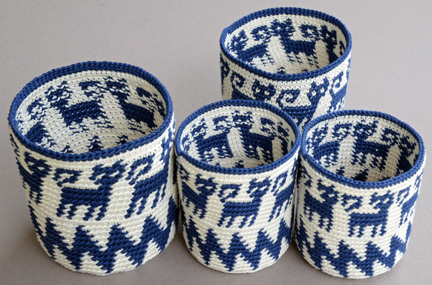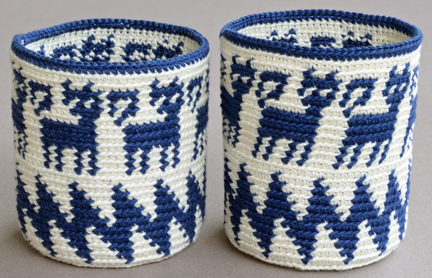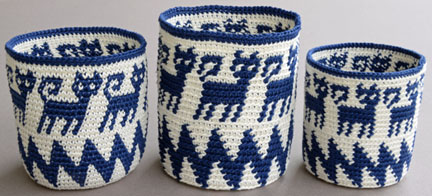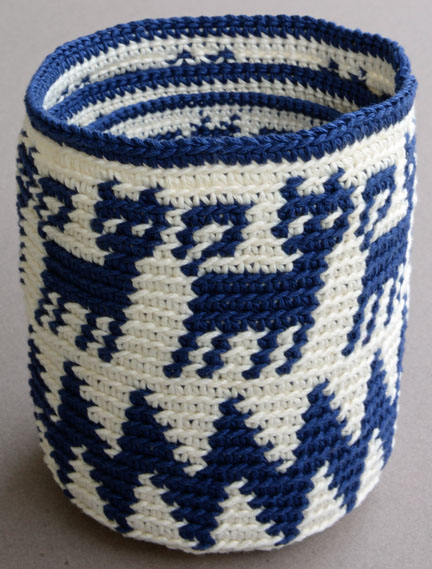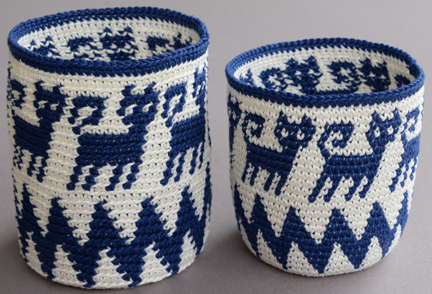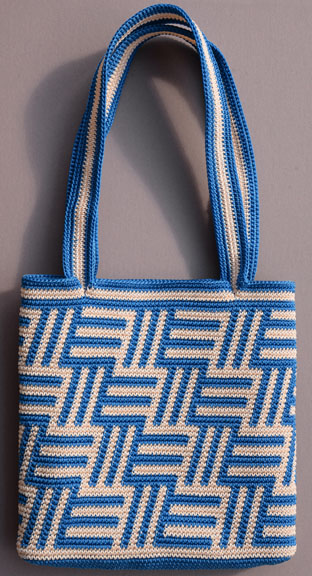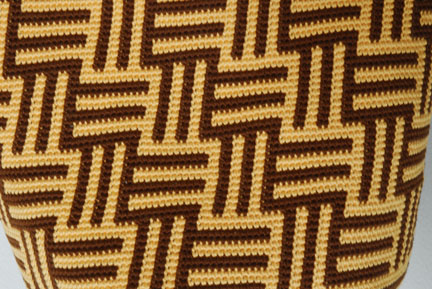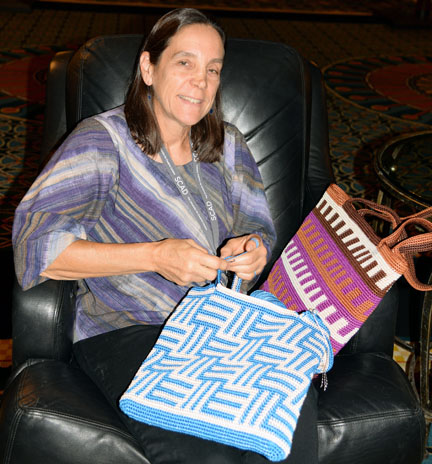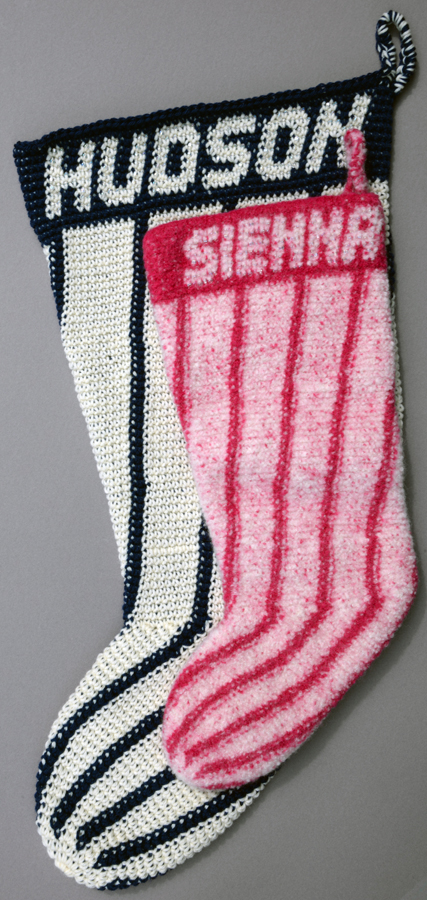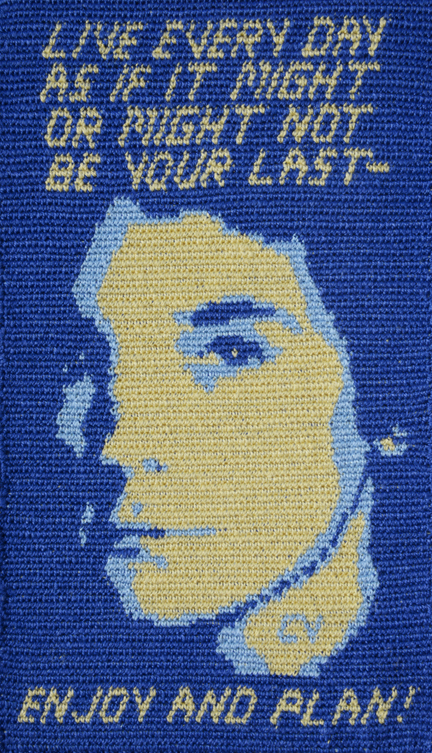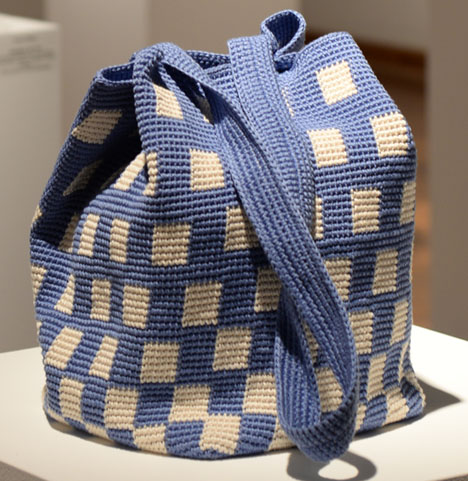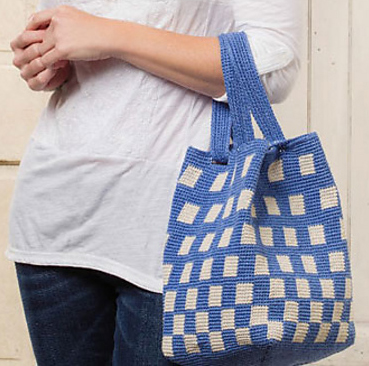Tapestry crochet has helped me through some of the toughest times of my adult life. It continues to help me deal with misinformation and now the pandemic. Lies are prolonging the pandemic and making so many innocent people suffer and die! I retired from teaching at TTU last summer, but will never stop trying to open minds and expand horizons. My most recent contribution is:
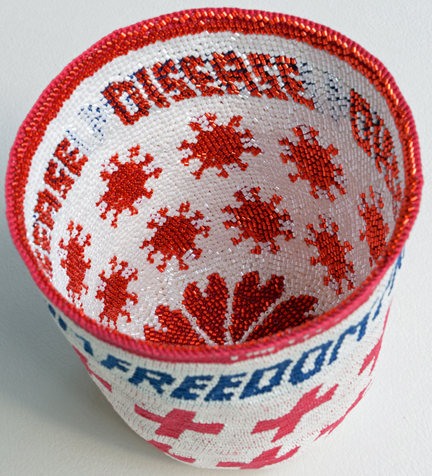
Prevention Trumps Disease: Covid Hijacks Independence but Masks and Vaccines Ransom Freedom attempts to rectify the confusion between masks, vaccines, and freedom. Although Covid-19 is the disease overwhelming us now, all types of preventable illnesses restrict our freedom. The healthcare system, represented by red crosses, is able to contain, treat, and eliminate many diseases, thereby restoring our freedom to walk, run, dance, eat, pray, and sing together. Red, white, and blue represent more than just the United States, as the flags of many nations include the same colors. It is disease that takes away our freedom, but vaccines and masks can restore it. Doing something for your own good and the good of the world should not have to be mandated, but in some cases it is the only way out of a dangerous and disastrous situation.
This piece is in the 2022 Craft Biennial at the Fuller Craft Museum in Brockton, Massachusetts, through June 12th, 2022. Not only are the compliments the finished piece is receiving a pleasant reward, the concentration required to bead tapestry crochet such a complicated basket was meditative and the repetitive motion released endorphins. Combined, tapestry crochet is a win-win-win!
